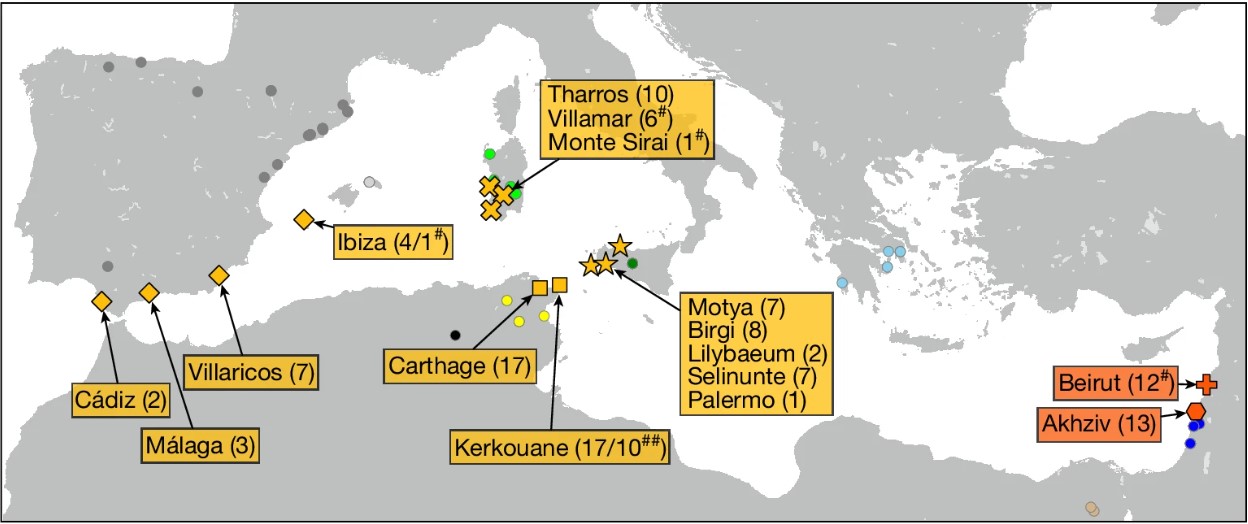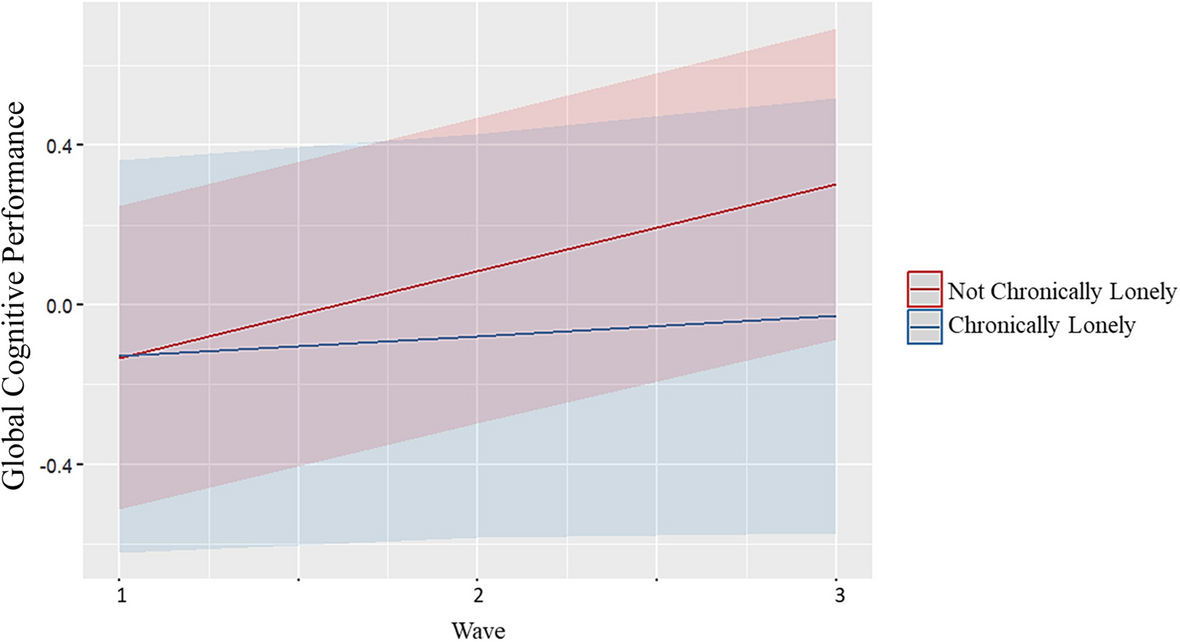2025-05-29 ペンシルベニア州立大学(PennState)
<関連情報>
- https://www.psu.edu/news/health-and-human-development/story/link-between-loneliness-heart-disease-persists-across-different
- https://academic.oup.com/ije/article/54/3/dyaf050/8126979
孤独と心血管疾患発症:米国と韓国の高齢者の2つのコホート Loneliness and cardiovascular disease incidence: two cohorts of older adults in the USA and South Korea
Harold H Lee , Ruijia Chen , Sakurako S Okuzono , Laura D Kubzansky
International Journal of Epidemiology Published:08 May 2025
DOI:https://doi.org/10.1093/ije/dyaf050

Abstract
Background
We investigated the relationship between loneliness and cardiovascular disease (CVD) in older adults from the USA and South Korea. We conducted counterfactual mediation analyses to explore the potential mediation of this relationship by health behaviors.
Methods
We used the Health and Retirement Study (HRS; n = 13 073) from the USA and the Korean Longitudinal Study of Aging (KLoSA; n = 8311) from South Korea. In both cohorts, baseline loneliness was assessed using one item from the Center for Epidemiologic Studies Depression Scale. Incident CVD was defined as reporting new-onset CVD on the biennial questionnaire or CVD death reported by proxies. Within each cohort, we estimated adjusted hazard ratios (aHRs) of incident CVD according to loneliness (yes/no) over 12–14 years of follow-up, adjusting for baseline covariates: social isolation, sociodemographic factors, health conditions, and health behaviors.
Results
Feeling lonely was associated with an increased likelihood of developing CVD in the USA (aHR: 1.15, 95% CI: 1.04, 1.27) and South Korea (aHR: 1.16, 95% CI: 1.00, 1.34). Several behaviors accounted for a proportion of the association: physical activity (14.3%, P = 0.03 in HRS; 1.3%, P = 0.04 in KLoSA) and alcohol (3.9%, P < 0.001 in HRS; 1.3%, P < 0.001 in KLoSA) in both countries, smoking only in HRS (4.7%, P < 0.001).
Conclusion
The magnitude of the impact of loneliness on CVD was similar in both countries, but behavioral pathways differed. Loneliness may be a risk factor for CVD regardless of culture; however, different prevention strategies in clinical settings may be required.


